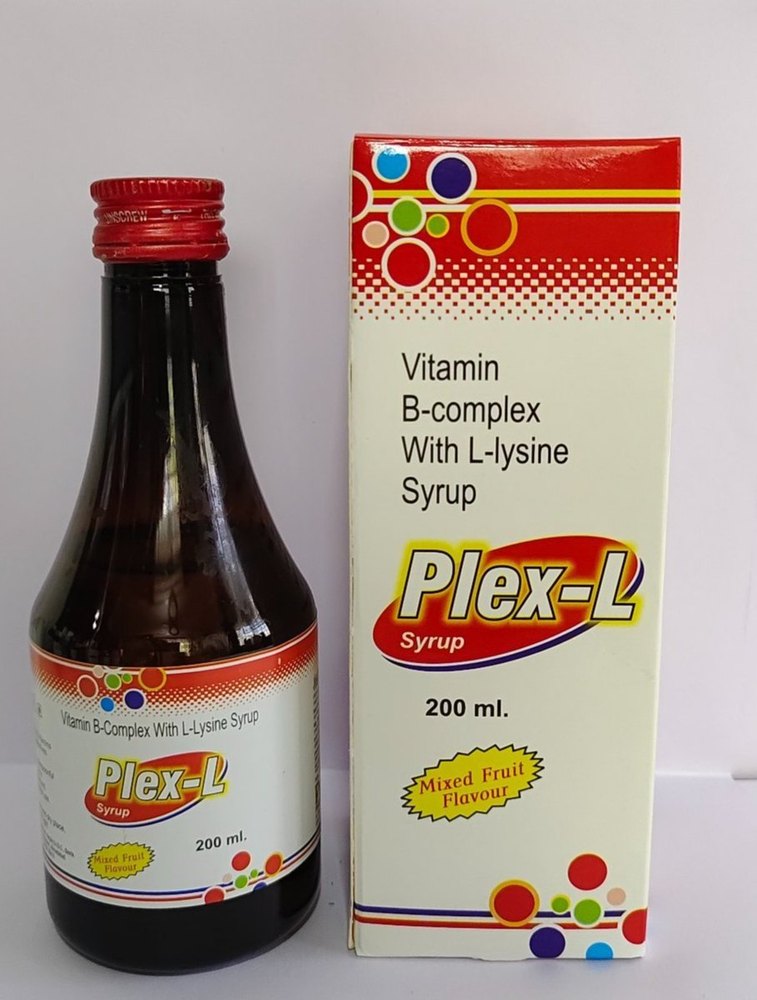Description
About S-Panloc Tablet
S-Panloc Tablet, manufactured by Omnica Laboratories Pvt. Ltd. and available in Nepal, contains the active ingredient Pantoprazole Sodium Sesquihydrate. This medication is a proton pump inhibitor (PPI). It works by blocking the final step of acid production in the stomach’s parietal cells, effectively reducing both normal (basal) and stimulated acid secretion.
What is S-Panloc Tablet Used For?
S-Panloc Tablet is prescribed to treat conditions caused by excessive stomach acid, including:
- Peptic ulcer disease
- H. pylori infection
- Gastro-oesophageal reflux disease (GERD)
- Zollinger-Ellison syndrome
- Oesophagitis (inflammation of the esophagus)
- Acid-related dyspepsia (indigestion)
- NSAID-associated ulceration (ulcers caused by non-steroidal anti-inflammatory drugs)
- Ulcers that are resistant to H2 receptor antagonists
- Gastrointestinal (GI) bleeding due to stress
- Prophylaxis for acid aspiration syndrome during the induction of anesthesia
Dosage Information
The appropriate dosage of S-Panloc Tablet depends on the condition being treated, as well as the patient’s age and overall health.
Adult Dosing
- Erosive Esophagitis Associated with GERD:
- Treatment: 40 mg by mouth (PO) once daily for 8-16 weeks.
- Maintenance of healing: 40 mg PO once daily.
- Alternatively: 40 mg intravenously (IV) once daily for 7-10 days.
- Short-term Treatment of GERD (when oral therapy is not appropriate or possible): 40 mg as an IV infusion over 15 minutes once daily for 7-10 days. Patients should switch to oral therapy once they are able to swallow.
- Zollinger-Ellison Syndrome:
- Oral: 40 mg PO once daily; some patients may receive up to 240 mg/day.
- IV: 80 mg as an IV infusion every 8-12 hours for up to 7 days. Patients should switch to oral therapy once they are able to swallow.
- Peptic Ulcer Disease:
- Duodenal ulcer: 40 mg PO once daily for 2-4 weeks.
- Gastric ulcer: 40 mg PO once daily for 4-8 weeks.
- Elderly Patients: No dosage adjustment is typically needed.
- Hepatic Impairment: The maximum dose is 20 mg/day or 40 mg on alternate days.
Child Dosing (for Erosive Esophagitis Associated with GERD)
- Under 5 years: The safety and efficacy of S-Panloc have not been established in this age group.
- 5 years and older:
- 15 kg to less than 40 kg: 20 mg PO once daily for up to 8 weeks.
- 40 kg or greater: 40 mg PO once daily for up to 8 weeks.
Renal Impairment
- No dosage adjustment is needed for patients with renal impairment.
Administration Guidelines
- Controlled-release tablets: Take on an empty stomach, ideally 1 hour before meals. Swallow the tablet whole; do not chew or crush it.
- Normal release tablets: Can be taken with or without food.
IV Preparation
- For GERD with a history of erosive esophagitis (15-minute infusion): Reconstitute the vial with 10 mL of normal saline (NS). Then, further dilute this solution with 100 mL of D5W, NS, or Lactated Ringer’s (LR) solution to achieve a final concentration of 0.4 mg/mL.
- For Zollinger-Ellison syndrome:
- 15-minute infusion: Reconstitute each vial with 10 mL of NS. Combine two vials and further dilute with 80 mL of D5W, NS, or LR to a total volume of 100 mL, resulting in a concentration of 0.8 mg/mL.
- 2-minute injection: Reconstitute with 10 mL of NS to a final concentration of 4 mg/mL.
IV Administration
- Infuse over 15 minutes.
- The maximum infusion rate should not exceed 3 mg/minute (7 mL/minute) for GERD and 6 mg/minute (7 mL/minute) for conditions involving pathologic hypersecretion.
Important Considerations
Contraindications
Do not use S-Panloc Tablet if you are taking rilpivirine, atazanavir, or nelfinavir. It is also contraindicated during lactation.
Precautions
- Your doctor should rule out gastric malignancy before initiating treatment with S-Panloc.
- Consider zinc supplementation during IV therapy for patients who are prone to zinc deficiency.
- Use with caution during pregnancy.
- Monitoring: Your doctor will likely monitor your magnesium levels before starting and periodically during prolonged use of S-Panloc.
Interactions with Other Medications
S-Panloc Tablet can interact with various other medications, potentially altering their effects:
- Increased risk: Digoxin-induced cardiotoxic effects, hypomagnesaemia with diuretics, increased INR and prothrombin time with warfarin, and increased serum concentrations of methotrexate and saquinavir.
- Decreased absorption/bioavailability: Sucralfate can delay absorption and decrease bioavailability. It can also decrease the absorption of ketoconazole and itraconazole.
- Potentially Fatal: S-Panloc may significantly decrease the serum levels and pharmacological effects of rilpivirine, atazanavir, and nelfinavir.
Possible Side Effects
Common side effects (1-10% of patients) include:
- Headache (>4%)
- Abdominal pain (4%)
- Diarrhea (4%)
- Constipation (<4%)
- Pruritus (itching) (4%)
- Rash (4%)
- Flatulence (<4%)
- Hyperglycemia (1%)
- Nausea (1%)
- Vomiting (>4%)
- Facial edema (<4%)
- Generalized edema (<2%)
- Chest pain (4%)
- Photosensitivity (<2%)
Serious but less frequent side effects (frequency not defined) include:
- Angioedema
- Atrophic gastritis
- Anterior ischemic optic neuropathy
- Hepatocellular damage, potentially leading to hepatic failure
- Interstitial nephritis
- Pancreatitis
- Pancytopenia
- Rhabdomyolysis
- Risk of anaphylaxis
- Stevens-Johnson syndrome
- Fatal toxic epidermal necrolysis
- Erythema multiforme
Important Note
This information about S-Panloc Tablet is for general knowledge and is not intended as medical advice, diagnosis, or treatment. It should not replace the professional judgment of a healthcare provider. Always consult with your doctor or pharmacist for any health concerns or before making decisions about your medication.
Additional information
| form | Oral Tablets |
|---|---|
| strength | 20 mg |





Reviews
There are no reviews yet.